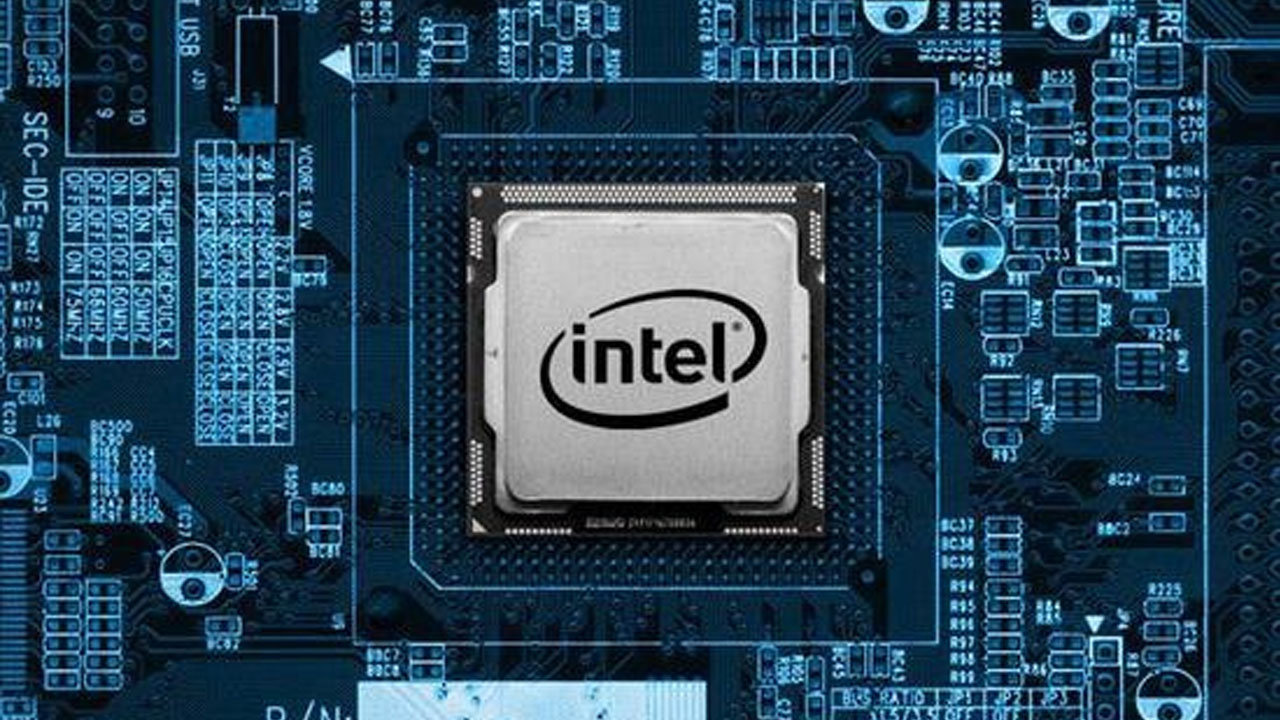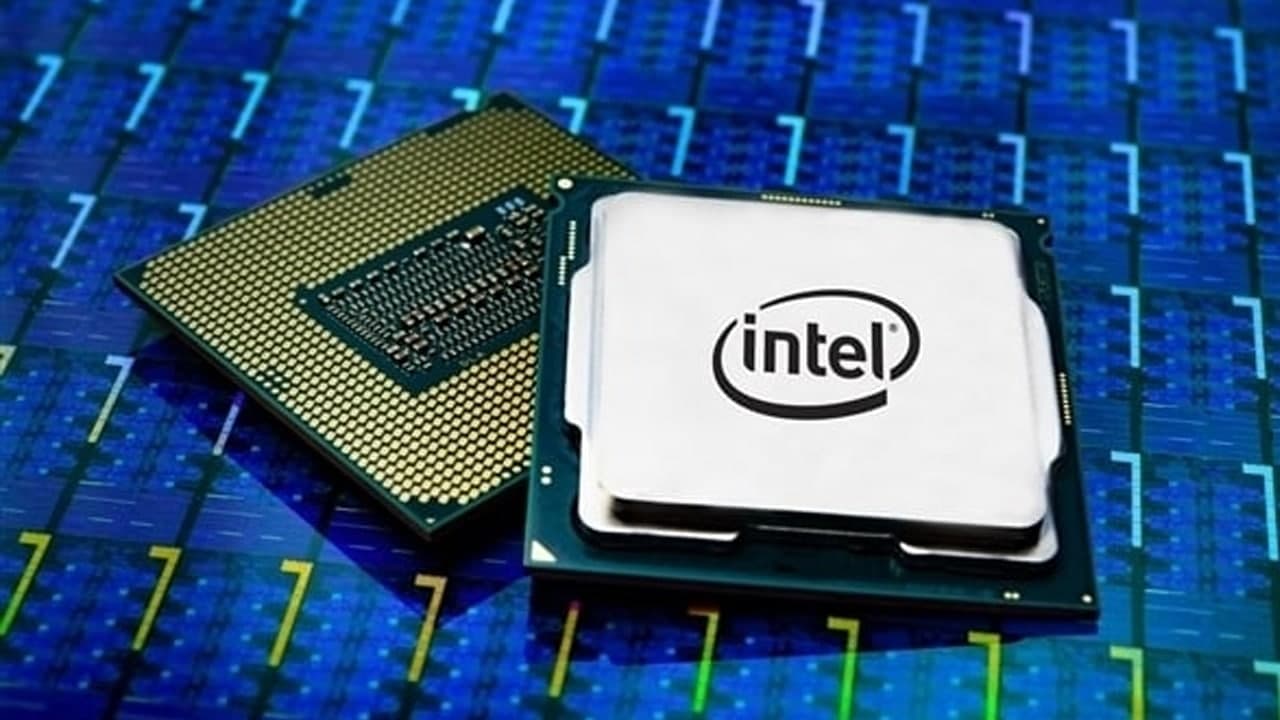Intel CEO Pat Gelsinger said in an interview after attending the White House Chip Summit that due to soaring demand and limited production capacity, it has severely hit the global chip industry and other manufacturers. The shortage of supply will take “a few years” to alleviate.
Gelsinger said that semiconductor companies can take certain short-term measures to alleviate some of the crisis, and said Intel’s goal is to increase automotive chip production within six to nine months.
But he said that it will take longer to completely solve this problem. Gelsinger said: “We believe that we have the ability to help, but I think it will take several years to completely solve this problem. After all, it takes time to increase production capacity.”
Driven by large-scale fluctuations in the supply chain and soaring demand caused by the new crown pneumonia epidemic, the tight supply of computer chips have hit automakers the most obvious, even forcing their factories to temporarily suspend production.
However, Gelsinger said that the core shortage problem has also affected all walks of life, including manufacturers of personal computers and other equipment. Gelsinger said that at the White House Chip Summit, medical equipment suppliers also expressed deep concern about the shortage of chip supply.
Join us on Telegram
Gelsinger said that Intel is always negotiating with automakers and auto parts suppliers on measures to increase automotive chip production in the next few months, and said that Intel plans to start delivering additional chips within six to nine months. But he admitted: “This will never solve all problems, but it will help and relieve stress.”
General Motors and Ford announced last week that they planned to temporarily suspend the production of several North American plants due to supply issues. However, General Motors canceled some of its closure plans on Tuesday.
Its plant in Tennessee, the United States, will reopen earlier than originally planned. The Mexican plant will also continue Operations. A spokesperson for the company said: “GM’s supply chain organization has made great progress in cooperation with our supply base, which can reduce the short-term impact of the lack of core on these factories.”
Willy Shih, a professor at Harvard Business School who specializes in technology and manufacturing, said that there is currently a problem that makes chip supply more complicated.

That is, manufacturers are placing chip orders with multiple factories because they are not sure which orders will be. been accepted. He said: “Suppose you are a car manufacturer and want more chips, but the delivery time is as long as a year. How much do you want to order? Will you order from multiple sources? I bet you will. ”
Shi Zhaowei said that chaotic orders make it more difficult for chip manufacturers to decide how they need to allocate supply to meet actual short-term demand.
In order to ensure more domestic chip supply in the United States in the long term, the US government proposed to allocate 50 billion US dollars to subsidize the semiconductor manufacturing industry. This idea has been widely supported by both parties.
Last week, an automobile industry trade association proposed to use part of the funds to support the construction of automobile chip production capacity. In a letter to the U.S. Department of Commerce, the Auto Innovation Alliance said: “As we all know, as the largest manufacturing industry in the United States, the auto industry contributes 1.1 trillion U.S. dollars to the U.S. economy, accounting for 5.5% of the country’s GDP.”
Gelsinger confirmed that the automaker made this statement again at the White House Chip Summit, but it was opposed by other industry leaders who did not want any industry to receive preferential treatment.

Gelsinger and Tom Caulfield, CEO of another semiconductor company, GlobalFoundries, said that they said upstream of the meeting that the United States had set a positive goal for expanding domestic chip manufacturing. Currently, about 12% of the world’s semiconductors are manufactured in the United States. Caulfield called for a doubling of the current market share, while Gelsinger hopes to increase it to more than 30%.
Gelsinger said that to achieve such ambitious goals, the government needs to provide more funds than the currently proposed 50 billion U.S. dollars, and requires more industry investment. Intel announced last month that it will spend 20 billion US dollars to build two factories in Arizona, which is its new strategy to start producing chips designed by companies other than Intel.
The US semiconductor industry believes that the federal government needs to provide more subsidies to compete with Asian countries. Asian countries have provided substantial financial subsidies to chip manufacturers to encourage them to build production capacity.
But Shi Zhaowei said that subsidies may be a waste, and said that the world’s largest chip manufacturers such as TSMC and Samsung have independently invested billions of dollars in increasing production capacity over the years.








